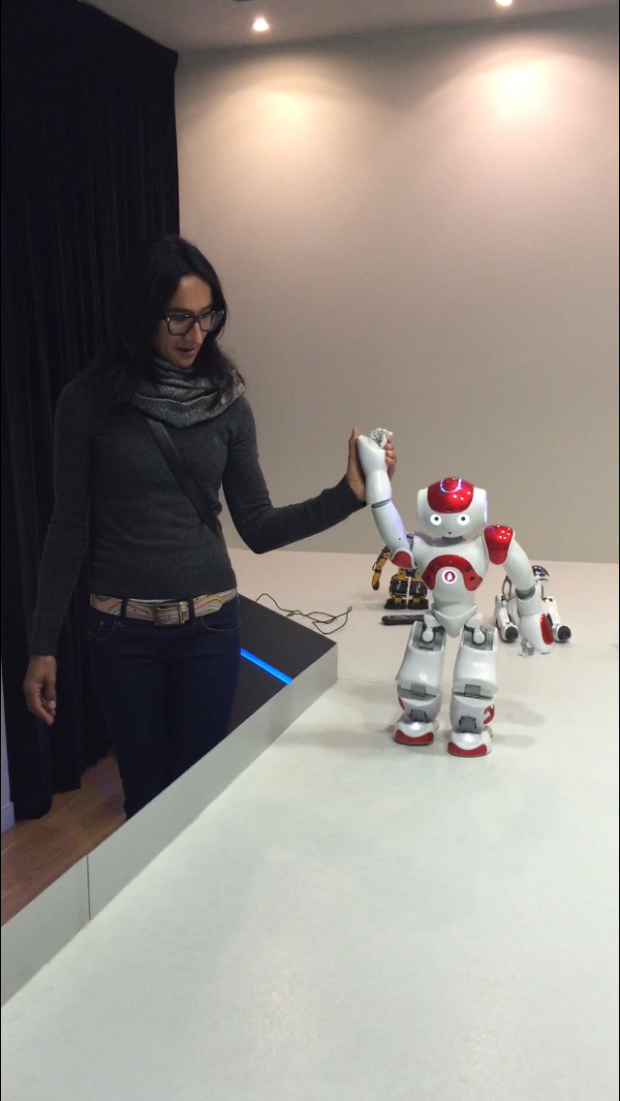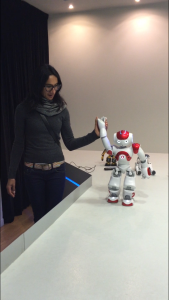A question that has been on my lips recently is whether AI is set to be the next industrial revolution, or a new currency of the future.
AI Past
The industrial revolution as its name denotes, revolutionised modern industry and manufacturing as we know it today. When the internet emerged in the late 1980s it seemed unimaginable that less than 30 years later, wireless connections and digital devices would have such a pervasive presence in society. New inventions come and go, and technological innovations are created whether they are successful or not, but in most cases they are shaped by the demands of people.
The origins of AI date back to Turing’s computational machine more commonly known as the Turning machine, built in 1935, however the term was coined later in 1955 by McCarthy who defined it as “the science and engineering of making intelligent machines, especially intelligent computer programmes” (ibid 2001:02), in other words trying to understand human intelligence by using computers.
AI Present
During the last 80 years, advances in AI technology have reached astounding levels. It has clearly had a prolific impact on society, to the extent that it has been transformed into a tool in all aspects of life; from banking and email pop ups, to ‘personalised’ selected products, and Siri and Alexa the intelligent personal assistants, and chatbots.
AI Future
Both academic and business investigation and reporting in the field of AI, consider it to be one of the biggest influencers for the future of the market and society. Predicted revenues from AI are unprecedented, resulting in extensive funding and investment from private companies and governments, which highlights the significance of AI in society. China has recently announced they are building a $2.1 billion industrial park for AI research. The past year has witnessed an increasing amount of nations realising the importance of AI in shaping the economics of the future, some even consider it a currency. Bitcoins stand aside, AI is the new currency..










